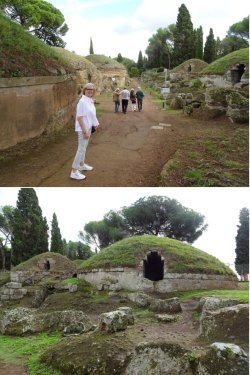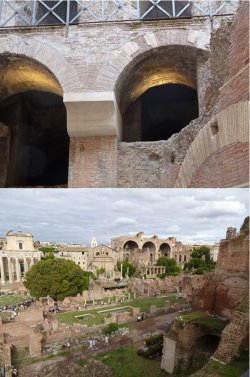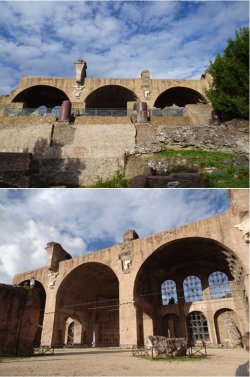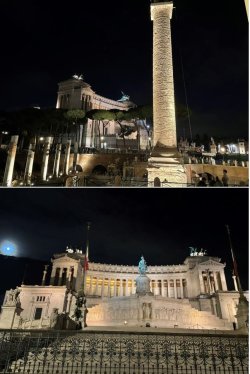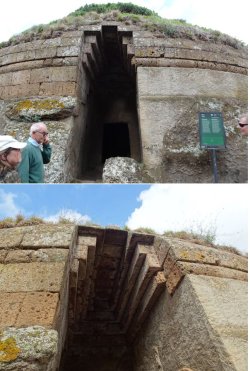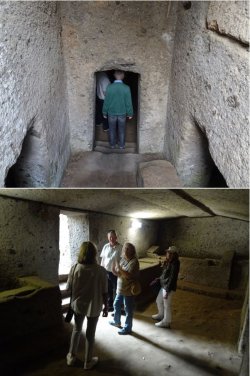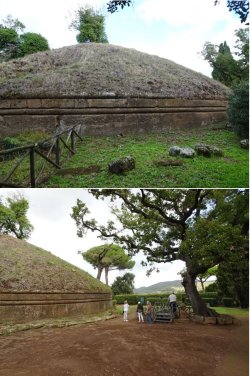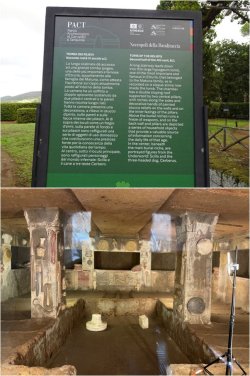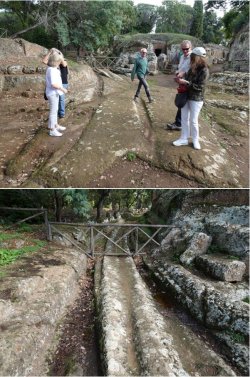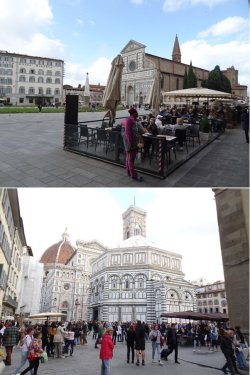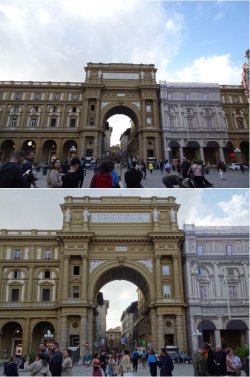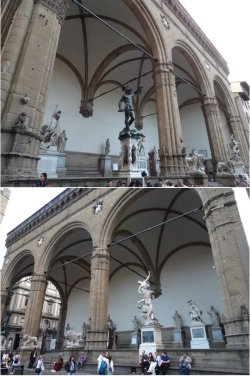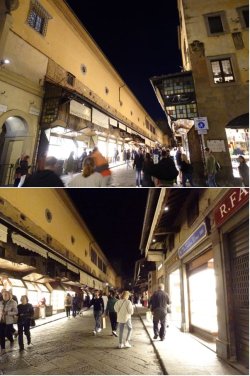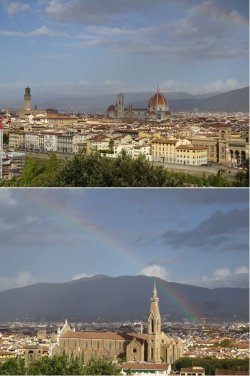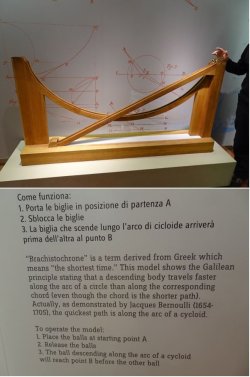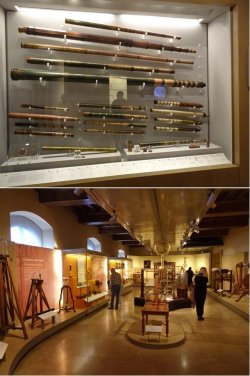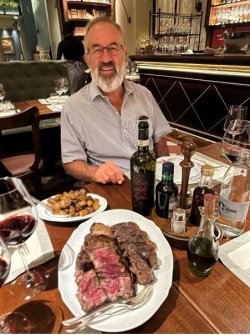Next day there were no planned activities related to the prize. That was fine, because as previously noted, our travel companions had long-time friends in Rome. Well, at least they used to live in Rome, a mere stone’s throw from the Roman Forum, Circus Maximus and Colosseum, before retiring.
The other John and I have a great memory from almost 20 years ago of staying with them and walking down Viale Aventino a few hundred metres to go jogging around the Circus Maximus. Charlton Heston, eat your heart out!
Now they are retired and living in Fregene, on the coast a stone’s throw from FCO. Not only that, but they have a small (2.5ha IIRC) ‘farm’ where they grow olives, about 25 minutes’ drive away.
Today, we were in Francesco and Catarina’s very capable hands for what turned out to be a sensational, fun, educational, interesting full day’s outing, finishing with dinner at their son and DIL’s place in Rome, not far from our hotel. What a day! La dolce vita!
It started with Francesco driving into Rome to pick us up from our hotel and heading out towards Cerveteri and the nearby Necropolis Banditaccia, which turned out to be the most fascinating imaginable World Heritage listed Etruscan necropolis (
Etruscan Necropolises of Cerveteri and Tarquinia;
Cerveteri - Wikipedia).
Etruscan civilization dates from about 900 BCE and dominated central Italy before succumbing to expanding Rome, beginning in the 4th century BCE until 90 BCE when the Etruscans were granted Roman citizenship. Much Etruscan heritage has not survived sufficiently for modern understanding, so much mystery remains about that civilization (
Etruscan civilization - Wikipedia).
Simply amazing to explore! I had no idea – and so close to Rome.
That was a highlight, amongst several, in a great day out. Here is a map of our general route, with a zoom-in to Banditaccia, to set the scene.

After the drive out from Rome and meeting up with Catarina to spread ourselves across two vehicles, the first order of business was coffee in Cerveteri before heading to Necropolis Banditaccia.
Amazing! I had no idea – and it was super-quiet!
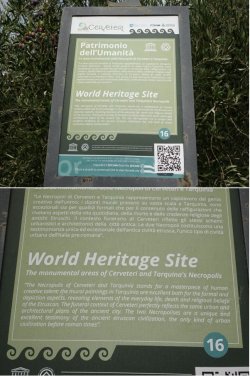





The substrate is volcanic tuff that was easily excavated and cut, but which hardens on exposure to air. It will become apparent how this was exploited for constructing the tombs.

The site is quite extensive. Many pathways have been excavated, but much remains buried and has been used for agriculture over millennia – later to be seen on Francesco and Catarina’s ‘farm’.

